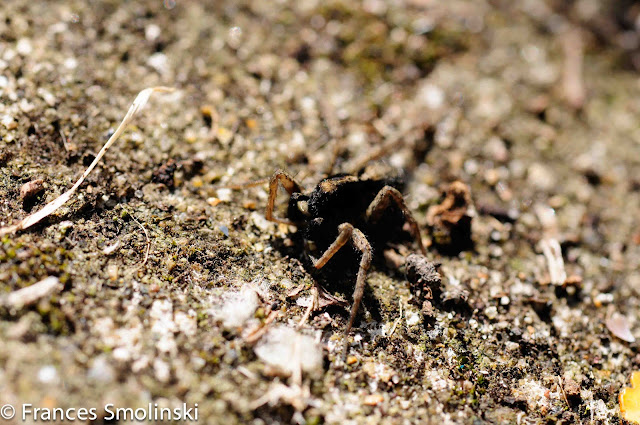Photography, the art of ‘writing with
light’ is by its very nature about control. The majority of the time
photographers have control over their images. As a photographer I decide what
time of day I take my photographs, I decide where I take them. I decide whether
to use natural light or set up my own. I set the aperture, I set the shutter speed
and I set the ISO. Photography can turn that image in your head into the image
on your screen.
Until you work with wildlife.
People can be instructed, buildings tend to
do as they’re told and even landscapes can be obedient, if you account for
light and weather. Wild animals, however, are under no obligation to help you
to make your vision a reality.
Nature often has a way of making you wish it would move slightly to the left, in order for you to get the image you want. Branches get in the way, birds fly off, a passing creature casts a shadow and scares off your subject...there are many things outside of your jurisdiction. Obviously studying your subject helps enormously. If you know where a species grows or how it behaves then you increase your chances of success 10-fold. However sometimes nature decides to unexpected or just downright weird things.
Take this snail – in a Vanhoutte Spirea, I
don’t even know how it got up there (about a meter from the ground) or the
cabbage white caterpillar that opted to fall off a leaf the moment I thought
about photographing it.
Despite not always being able to anticipate a successful outcome, sometimes I find myself with a project.
Most of them, I will admit, stem from annoyance at not being able to get the
shot I want on the day. Most recently we have the Bee Fly (Bombylius major).
 |
| Bee Fly (Bombylius major) |
I first saw these this time last year and I was
confused. It Looks like a Bee, sounds a bit like a Bee, isn’t a Bee and when you see it up close definitely isn’t a Bee. I photographed
it at the time and then thought no more about it. Now they’re back and trickier than ever.
They’re like teeny tiny hummingbirds, adept at both speed and evasion. I have studied them and tracked them down, only for them to disappear without a
trace time and time again.
Here is just one of a selection of near misses:
 |
| Bee Fly |
Although it's going to take work to get the outcome I want, I wouldn't switch exclusively to studio or another, more structured, form of photography. The buzz (pardon the horrendous insect pun) you get from chasing and, eventually, capturing the shot is utterly worth it.



No comments:
Post a Comment